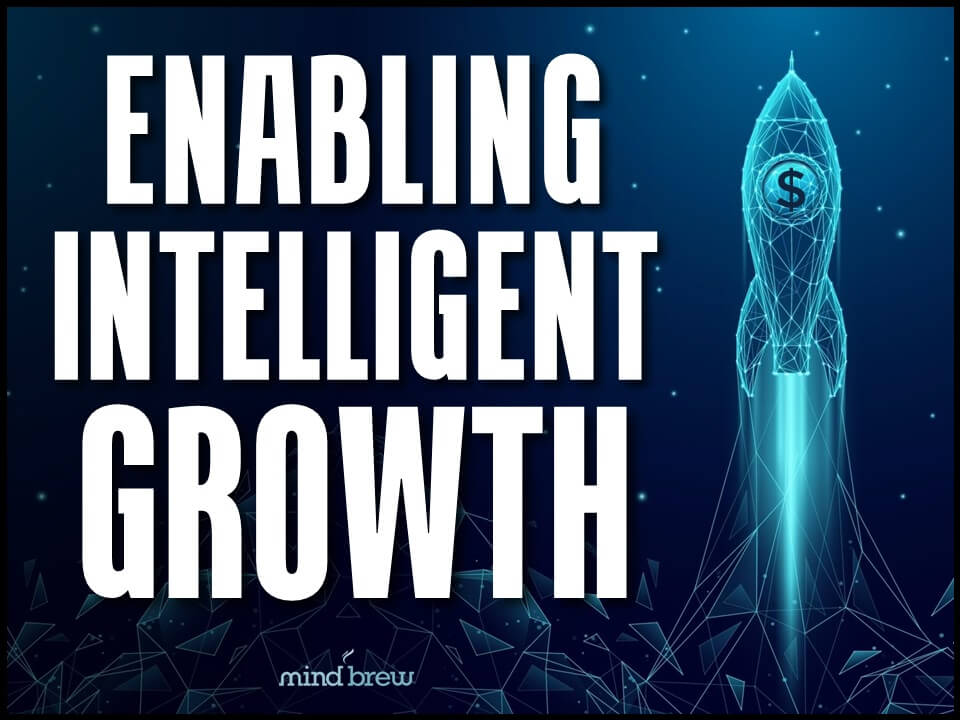When you spend a lot of time analyzing sales performance, the problems tend to stick-out like a sore thumb. From inaccurate forecasts and missed quotas to poor close-rates and renegade discounting behavior, these issues are practically screaming at you and demanding your undivided attention.
Fix me! Fix me! Fix me!
But if all you’re looking at are the sales problems, you could be missing out on opportunities that are much bigger and far more impactful.
As discussed in The Fundamentals of Effective Sales Analysis , there are two major types of analytical findings:
- Corrective Findings — These are about “stopping the stupid.” Typically, negative outliers are identified and investigated, and corrective action is taken to prevent similar problems and mistakes from happening in the future.
- Directive Findings — These are about “doing more of what’s working.” This is about identifying and investigating positive outliers, with the goal of directing the organization toward behaviors that are inherently more profitable.
Of course, corrective findings are valuable. Fixing sales problems and preventing future process outliers will certainly produce a financial benefit. And as human beings, we’re somewhat hardwired to view “fixing problems” as being a high priority.
However, no matter how important we perceive corrective findings to be, directive findings can actually be many times more powerful and financially rewarding.
You see, with corrective findings your influence is limited to the relatively small handful of outliers, or potential outliers. On the other hand, directive findings can positively influence the entire salesforce, or even the entire business, for that matter.
In other words, while corrective findings might enable you to move a few transactions or salespeople more in-line with the rest of a segment, directive findings can enable you to shift the performance of the whole segment or salesforce in a positive direction.
When so many things look broken, it can be difficult to focus on anything but problem solving. But if you can force yourself to focus even just a little more attention on what’s working, it can pay huge dividends.












